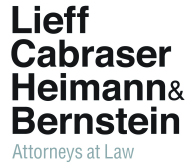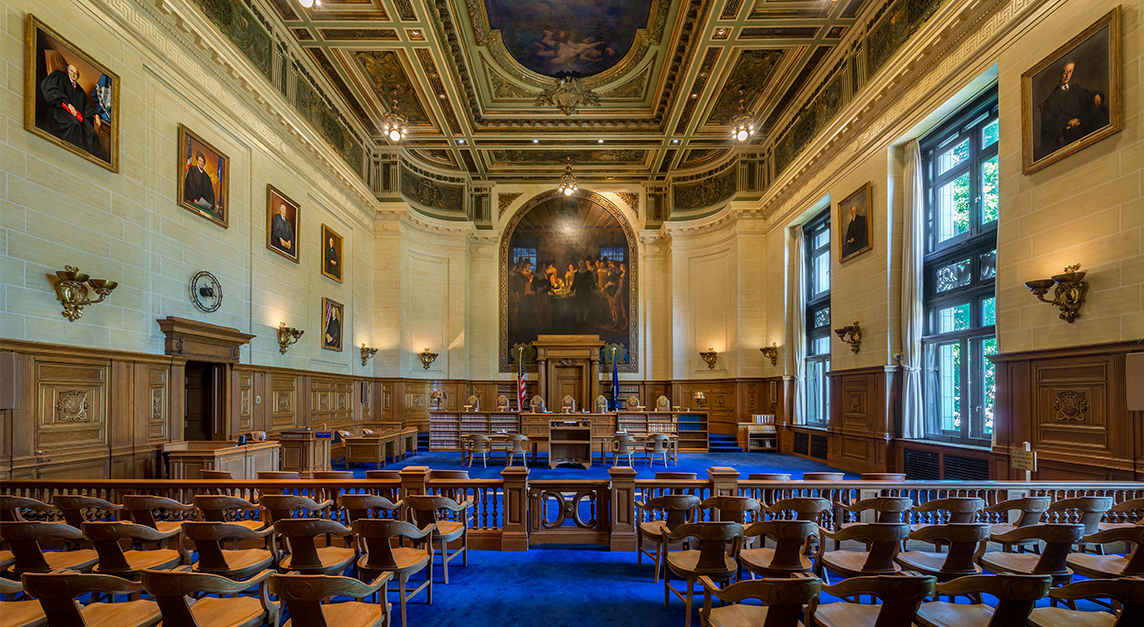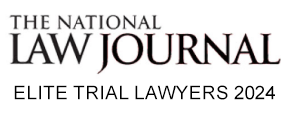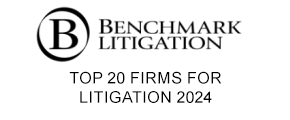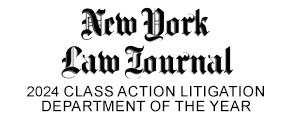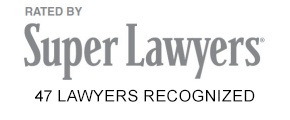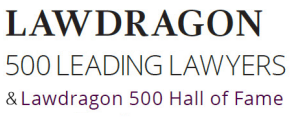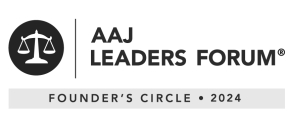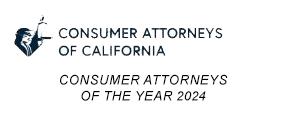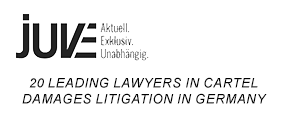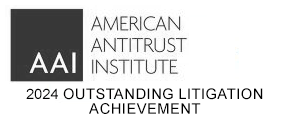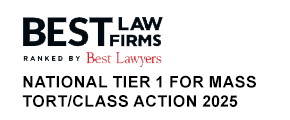In a case focusing on Bausch & Lomb’s artificial in-eye lenses that can break inside patient’s eyes, causing vision that is equivalent to seeing the world through a kaleidoscope — at best — plaintiffs won a signal victory in the Connecticut Supreme Court when that authority held that the plaintiffs’ injury claims against Bausch & Lomb could go forward under Connecticut law.
Otherwise valid and strong cases frequently get dismissed because of federal “pre-emption,” where courts hold that a given state law conflicts with federal law, leaving the injured with no recourse and no chance at justice at all.
Plaintiffs alleged that B&L violated the Connecticut Products Liability Act (the “CPLA by negligently marketing the Trulign Lenses and by failing to warn plaintiff MG and her physician of the inherent dangers in implantation of the device (artificial lenses to correct for cataracts and astigmatism), which caused her to suffer severe injuries to her vision in both eyes implanted with the artificial lenses. She alleged that B&L failed to report safety problems with the Trulign Lens to the FDA and also failed to conduct a safety study that the FDA had ordered it to undertake as a condition of approval of the device, depriving the plaintiff’s doctor of crucial safety information about the device.
The District Court dismissed plaintiffs’ case in its entirety on defendants’ motion to dismiss, finding all claims were preempted by federal law, holding that Connecticut would not recognize a claim under the CPLA based on allegations that a medical device manufacturer failed to report adverse events to the FDA or comply with post-approval conditions. Plaintiffs appealed to the Court of Appeals for the Second Circuit. The Second Circuit determined that the resolution of the plaintiffs’ claims depended on the interpretation of Connecticut law; because there was no controlling precedent in the Connecticut court’s jurisprudence, the Second Circuit certified the matter to the Supreme Court of Connecticut.
In a victory for the plaintiffs and for injured citizens seeking justice, the Connecticut Supreme Court held that B&L’s failure to report adverse events such as Z Syndrome injuries to a regulator, and failing to initiate the requisite post-marketing study after initial approval and marketing of the device) did indeed provide grounds for the blinded plaintiff to pursue her case under Connecticut law.
“This is a great outcome for our client,” notes Lieff Cabraser partner Wendy R. Fleishman, who represents plaintiff MG in the case and who argued the case before the Second Circuit and the Connecticut Supreme Court, “and it marks the first solid decision to date from a state’s highest court recognizing that device manufacturers must take their warning obligations seriously . Had Bausch & Lomb timely warned the FDA via the adverse event reporting and had B&L complied with the post-marketing safety study when it was supposed to begin, it is unlikely MG would ever have been implanted with these dangerous artificial lenses and lost nearly all vision in both of her eyes.”
The case now returns to the Second Circuit Court of Appeals for further review and disposition.
Contact us
Use the form below to contact a lawyer at Lieff Cabraser.
